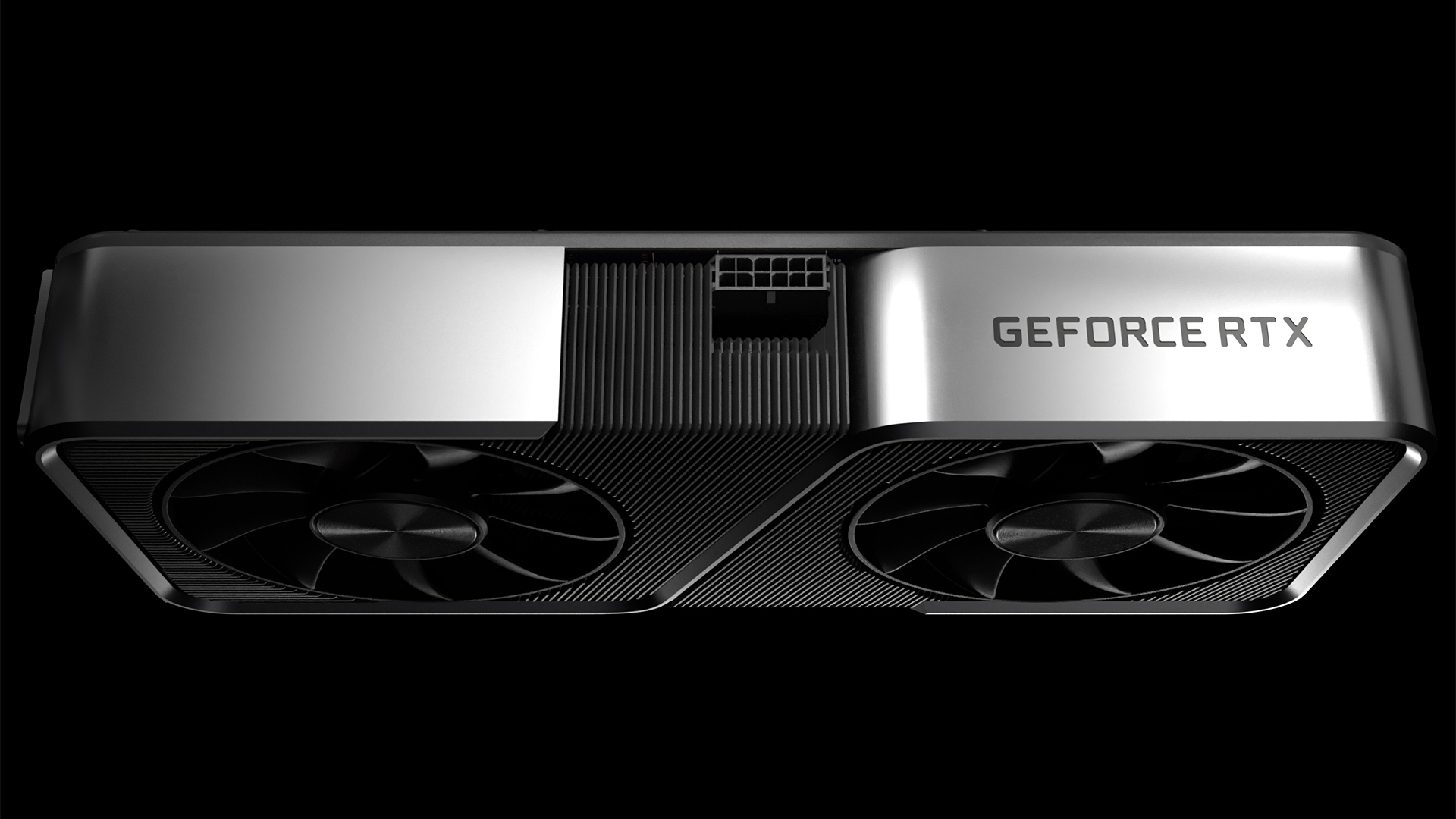Back on Saturday we reported that Nvidia’s GPU virtualization capability only enabled on select GPUs for datacenters can be unlocked using a rather simple hack (albeit only in Linux) on GeForce and Quadro graphics cards for client PCs. Apparently, this is not the only datacenter-exclusive feature that can be enabled on client GPUs. A user created hack seemingly removes the restriction on the maximum number of video encoding sessions.
Graphics cards that companies such as AMD, Intel, and Nvidia sell to operators of datacenters can, among other things, decode and encode tens of video streams simultaneously. This capability is required for a multitude of applications, including video streaming services, games streaming services, virtual desktop infrastructure (VDI), and a number of others. Consumer products that use the same silicon (with the same video encoding/decoding hardware) that powers datacenter boards lack these capabilities and in Nvidia’s case this means up to three simultaneous NVENC video encoding sessions and up to one NVDEC video decoding stream (see the whole Video Encode and Decode GPU Support Matrix).
Apparently, the number of concurrent video streams supported by Nvidia’s NVENC/NVDEC engines on consumer products can be removed using a simple patch for drivers that is available from Github. Another patch also enables support of NVFBC and NVIFR driver level capture paths required for streaming and VDI services on consumer hardware.
Nvidia does not widely advertise the number of concurrent video streams supported by its datacenter products at once, but a couple of years ago it disclosed in one presentation that select Turing-based Tesla and Quadro cards can support up to 11 high-quality NVENC streams and up to 17 low-latency NVENC streams. That said, it is plausible to expect higher-end GeForce RTX 2080/RTX 2080 Ti cards to have similar capabilities.
Unlocking the number of concurrent NVENC and NVDEC streams makes sense for those who encode many videos or have to work with multiple video streams at once. Meanwhile, far not all consumer-grade applications can support many concurrent video streams, so unlocking the capability may be useless. Meanwhile, those who use professional video applications usually have appropriate hardware that support their capabilities.
